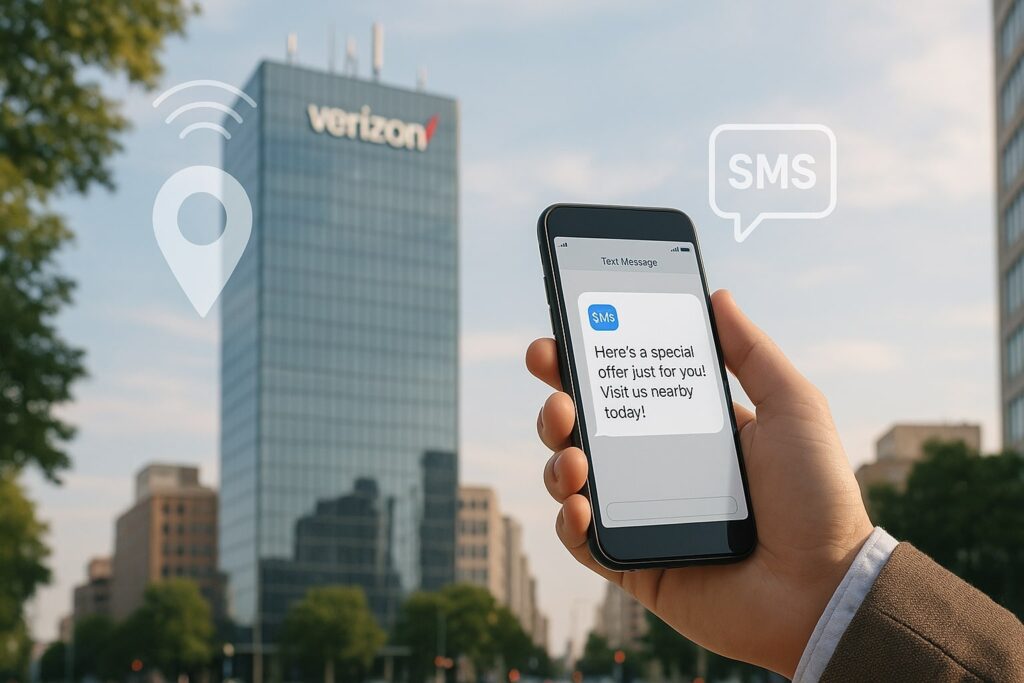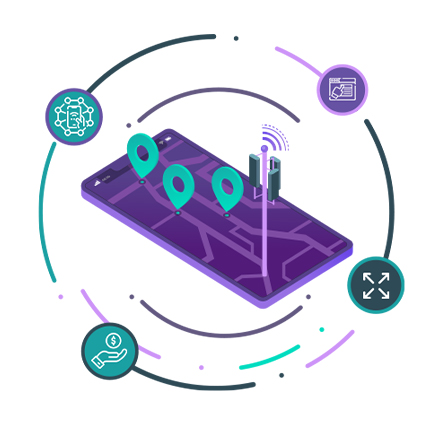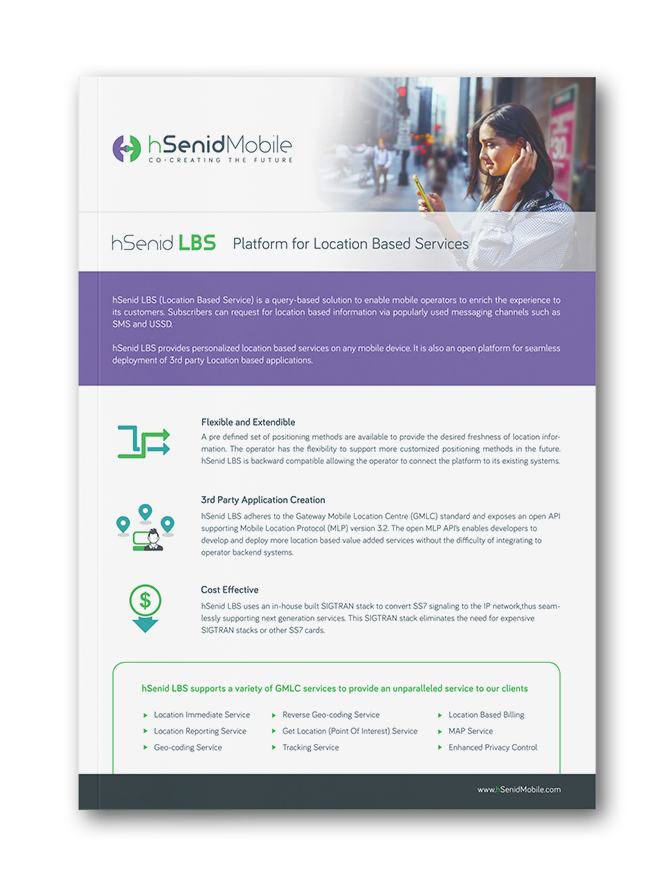In the fast-evolving digital marketing landscape, SMS location-based service campaigns represent a significant opportunity for businesses, particularly telecommunications companies (telcos). This blog explores how SMS location-based services work, the proven tactics employed by leading telcos, and best practices that can effectively enhance customer engagement. With a focus on personalization and geotargeting, these campaigns leverage customer data to deliver timely and relevant offers directly to consumers’ mobile devices.
The growing consumer expectation for personalized experiences cannot be overstated. A 2022 study found that 71% of consumers feel frustrated when their shopping experience is not personalized. Hence, SMS campaigns built around location data not only help meet this expectation but also foster deeper customer loyalty and retention.
Similarly, AT&T’s campaign promoting special offers timed for the back-to-school season yielded a 35% higher conversion rate than previous campaigns. These case studies underscore the effectiveness of innovative SMS location-based service strategies.
Why SMS Location-Based Services Matter
SMS location-based services matter primarily due to their ability to connect businesses with their customers at the right time and place. According to recent statistics, SMS boasts an astounding open rate of 98%, making it one of the most effective channels for reaching consumers. By utilizing geotargeting, businesses can send catered promotions and content based on customers’ locations, ensuring that messages resonate more deeply.The growing consumer expectation for personalized experiences cannot be overstated. A 2022 study found that 71% of consumers feel frustrated when their shopping experience is not personalized. Hence, SMS campaigns built around location data not only help meet this expectation but also foster deeper customer loyalty and retention.
Proven Tactics from Leading Telcos
Leading telecommunications companies have implemented several effective tactics to maximize their SMS location-based service campaigns.1. Geotargeted Promotions
Geotargeting allows businesses to send location-based promotions directly to customers’ mobile phones. For instance, a telco might send a targeted SMS offering 30% off a plan renewal to customers within a specific geographic area. This strategy not only drives immediate action but significantly increases foot traffic to physical stores, especially during peak sale periods.2. Time-Sensitive Offers
Time-sensitive offers create a sense of urgency among consumers, compelling them to act quickly. By leveraging location data, telcos can send SMS alerts for limited-time offers relevant to the customer’s location. An example may include sending an SMS to customers near a retail store, enticing them with discounts valid for only 24 hours. These campaigns effectively capitalize on impulse buying behaviors and can lead to a significant boost in sales.3. Personalized Customer Journeys
Personalizing the customer journey involves utilizing the rich data gathered from previous interactions and location history. By analyzing this data, telcos can create customized messaging that speaks directly to individual preferences. For example, if a customer frequently visits a particular type of store, the telco can send an SMS promoting a new plan that aligns with their habits, thereby enhancing customer satisfaction and retention.Case Studies: Successful SMS Campaigns
Notable telcos successfully executing these tactics include Vodafone and AT&T. Vodafone implemented a geotargeted campaign during a major festival, sending SMS offers customized for customers close to specific event locations. The campaign resulted in a 20% increase in customer engagement.Similarly, AT&T’s campaign promoting special offers timed for the back-to-school season yielded a 35% higher conversion rate than previous campaigns. These case studies underscore the effectiveness of innovative SMS location-based service strategies.
Best Practices for Implementing SMS Location-Based Services
When integrating SMS location-based services into marketing strategies, certain best practices can enhance efficacy:- Acquire Explicit Consent: Ensure customers opt-in to receive SMS messages. This builds trust and fosters a better relationship.
- Use Clear Call-to-Actions: Include a strong call-to-action to guide customers on the next steps, whether it’s visiting a store or clicking a link.
- Segment Audiences: Divide the customer base into distinct segments based on location, demographics, and purchasing history, allowing for more tailored messaging.
- Monitor and Optimize: Assess the performance of SMS campaigns and utilize insights to continually refine strategies.
Challenges and Solutions in SMS Marketing
Despite the numerous advantages of SMS marketing, challenges exist, including customer fatigue and regulatory hurdles. To mitigate these challenges:- Limit Frequency: Avoid overwhelming consumers by limiting the number of messages sent to maintain engagement.
- Stay Compliant: Ensure all SMS campaigns comply with regulations, such as the Telephone Consumer Protection Act (TCPA) in the U.S., to avoid potential fines and penalties.








